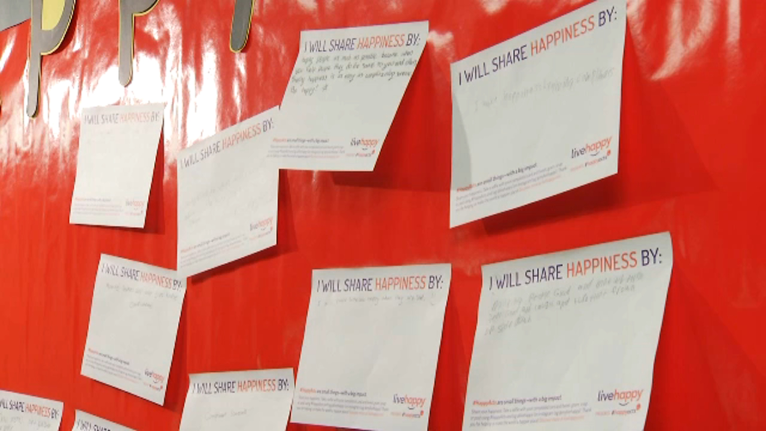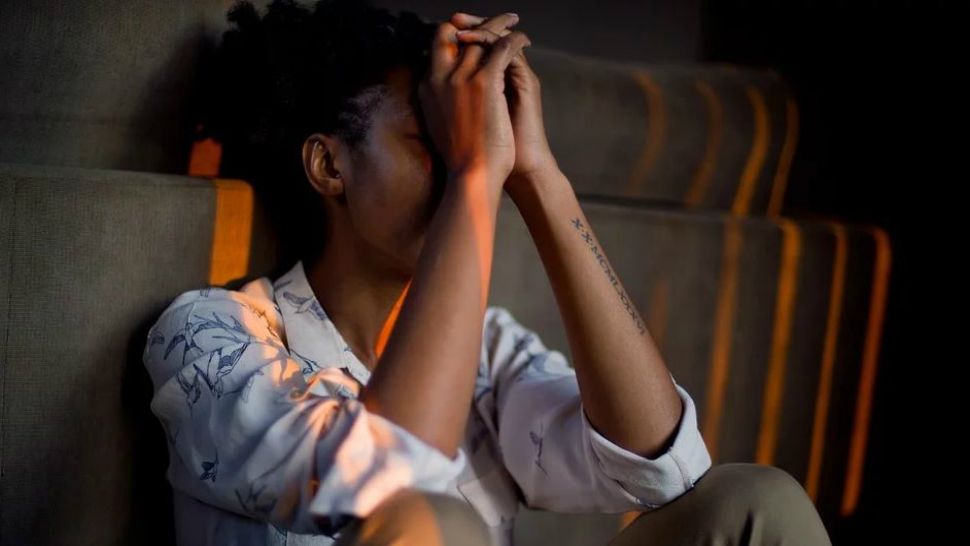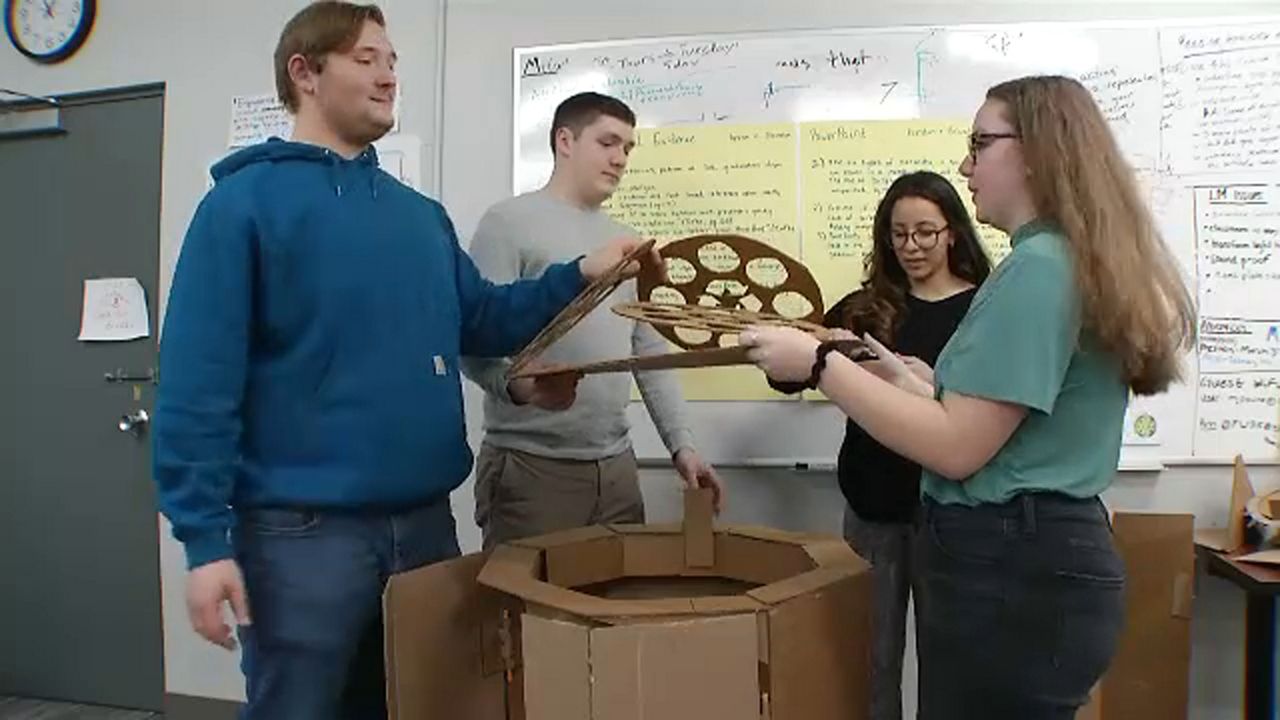The school year is starting up, and we're helping you with questions you may have about what your kids are going to be learning in school — and that's where the new series Parent Portal comes in to fill in the blanks.
With rapid evolving and emerging technologies schools are constantly trying to keep up with the changes in the classroom as well.
That requires much more than an iPad. Cicero-North Syracuse High School has risen to the challenge by offering students an opportunity to work with 3-D printing. They took this opportunity further by making a fully functional prosthetic hand.
Kids need to be exposed to these technologies so they can keep their fingers on the pulse of cutting edge tech.
Michael Giannattasio, from Syracuse University's School of Architecture, gave us some great advice when getting started. He said using a space where you have someone who can help would be best.
Locally, parents and educators can use 3-D printers at the Onondaga Central Library. They have offered a Makers space since 2016. The printers can be used by anyone age 12 and up. They have three 3-D printers available for the public use. The hours are very limited though so call ahead. You also need to bring your own plastic for the printer to use.
Fayetteville Free Library also has a free 3-D printer after taking a short quiz online and costs 5 cents per gram to use their plastic. Also, most high schools have a 3-D printer of some kind on campus in our area now, so ask about using one.
“A 3-D printer is just the tool to materialize what you can design digitally,” Giannattasio said. “Learning the software and creating the models is most of the process.”
He adds the more money you spend if you buy a 3D printer, the better your experience will be.
3-D printing can enhance and engage your kids in almost all typical subjects. For example, in geometry, your child could create a design to show examples of volume, then verify the volume. They can design an object to help find the objects center of gravity.
Algebra/Pre-Calculus/Calculus: Use software to rotate a function around an axis and print the resulting shape as either a solid object or hollow vase. Use estimation or calculus to compute the volume of the solid or hollow vase and physically verify the volume.
History/Social Studies: Research, design, 3D print, and decorate an ancient artifact or tool. Bring objects from history back to life.
English/Language Arts: use printing for a book project.
Science: Design anything and test its strength. Build models of molecules or crystalline, Design simple gears that turn together. Obviously 3D printing can be used as well for art, any design or engineering instruction.
To learn more about 3D printing and printers go to:
https://makezine.com/comparison/3dprinters/
https://makezine.com/2015/03/10/cartesian-delta-polar-common-3d-printers/
To help or learn more about CNS High School becoming a Prosthetic hub for Enable in Central New York, click here.










